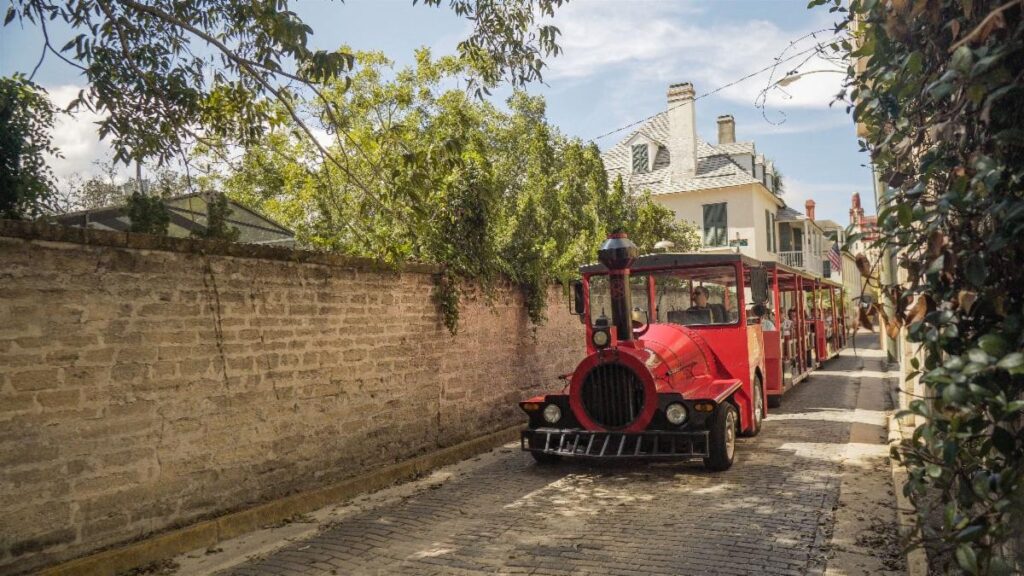MÉRIDA, Yucatán — Oct. 1, 2020 — The state of Yucatán entered the second phase of its tourism reactivation plan in September, successfully reopening cenotes and archeological sites, including Chichén Itzá; most tourist activities and tours; and haciendas, hotels and restaurants, along with limited operation of its congress and conventions centers — all under strict compliance with new sanitary measures and regulations. All businesses must be certified with the Certificate of Good Sanitary Practices developed by the Ministry of Tourism of the state of Yucatán and undergo an on-site review of their facilities by the Yucatán Health Secretariat (SSY). The certification program was approved by the World Travel and Tourism Council (WTTC) and its “Safe Travels stamp” effort.
To date, more than 1,200 companies and tourist sites in the state of Yucatán have registered to obtain the certification, with 400 already completing the process — after which they also obtain the WTTC Safe Travel stamp. It’s recommended prospective visitors visit website Yucatan.travel/certificado-bupsy, where they can find in detail the activities and certified operators with whom they can plan their visit to Yucatán.
On Sept. 7, Mexico’s National Institute of Anthropology and History (INAH) started to open archeological sites found across the state, including iconic Chichén Itzá and Uxmal, at limited capacities. Yucatán’s meetings and conventions sector will start its reactivation, gradually and also with limited capacity, starting Oct. 12.
As part of the reactivation campaign, the Ministry of Tourism, which is headed by Michelle Fridman Hirsch, maintained active communication with heads of different local, national and international tourism entities to keep the destination top of mind as tourism beginning to reopen. A promotional campaign was launched, with destination presentations to wholesalers and retail travel agencies. In addition, a public relations campaign was maintained to continue the destination’s position within the domestic Mexican market, while a U.S. and Canadian campaign aimed at communicating the steps of the reopening process, as well as the latest news from Yucatán, is planned.
One of the most important activities the Ministry took part in this year was the first-ever digital edition of Mexico’s annual Tianguis Turístico travel trade confab. During the event, the state of Yucatán gave two keynote conferences, presented a new brand and website, and presented both its tourism offerings in its different geographic regions and its reactivation campaigns. The Yucatecan delegation, made up of 90 representatives, made 3,027 business appointments and an estimated 150 additional appointments after the Tianguis Turístico Digital. Three Yucatecan companies were winners of the “Recognition for the Diversification of the Mexican Tourism Product 2020” award granted by Mexico’s Ministry of Tourism.
The Ministry of Tourism of Yucatán has also remained in permanent contact with airlines, supporting their promotional strategies in order to contribute to the recovery of destinations and flight frequencies. To the date, 108 of the 213 flights that operated last February, prior to the Covid-19 crisis, have been recovered, representing just over 50% of frequencies on domestic flights, and the recovery trend is expected to continue with more frequencies soon to be added in October. One of particular importance is the daily flight from Miami International Airport with American Airlines, which will once again connect the U.S. and Canada with Mérida.
Mérida International Airport is operating more than 100 weekly flights with different airlines that have placed their trust in the state, thanks to its work to remain a safe destination, and have decided to increase and re-incorporate routes and frequencies to Yucatán. Interjet recently unveiled the new Mérida-Tuxtla Gutiérrez-Mérida route with a weekly frequency. Volaris has increased its weekly flight frequency Mexico City-Mérida from 14 to 16 flights. From Guadalajara-Mérida, Volaris will increase from three to four while maintaining its frequencies with Monterrey (two flights) and Tijuana (two flights). Aeroméxico raised the number of weekly flights from 33 to 40 from Mexico City to Mérida, while VivaAerobus will increase its weekly frequencies from seven to 12 on its Mexico-Mérida route and will increase one flight on its Monterrey Mérida route, preserving its weekly flight frequencies Guadalajara-Mérida (three flights), Veracruz-Mérida (two flights) and Tuxtla-Mérida (two flights).











